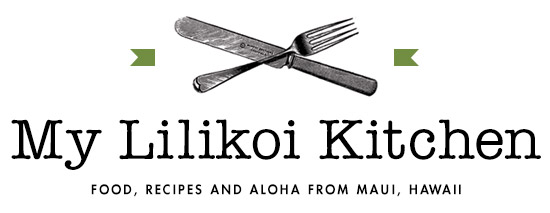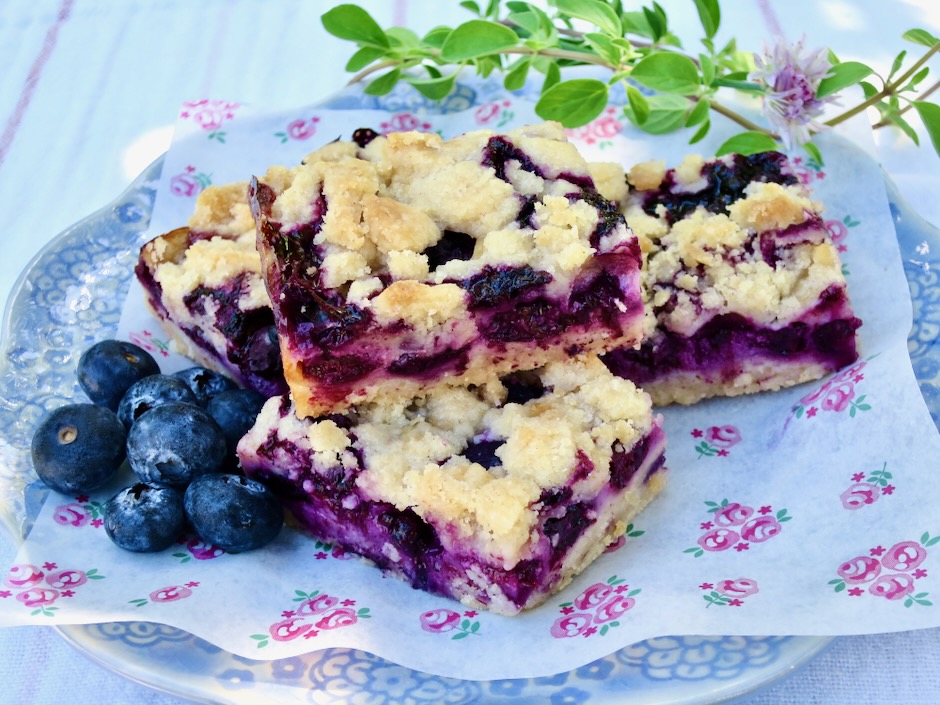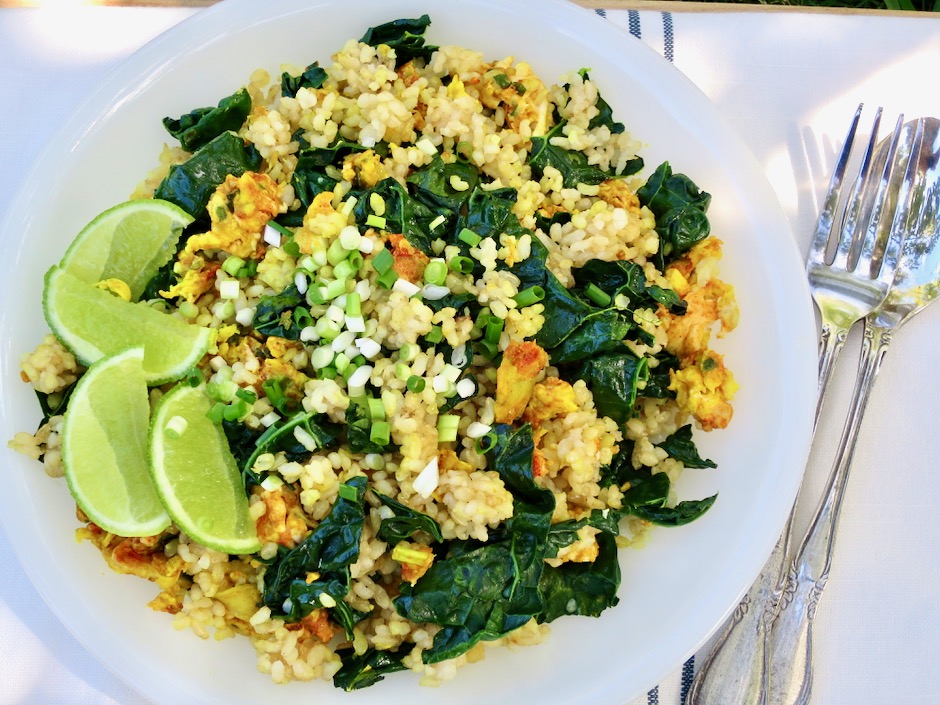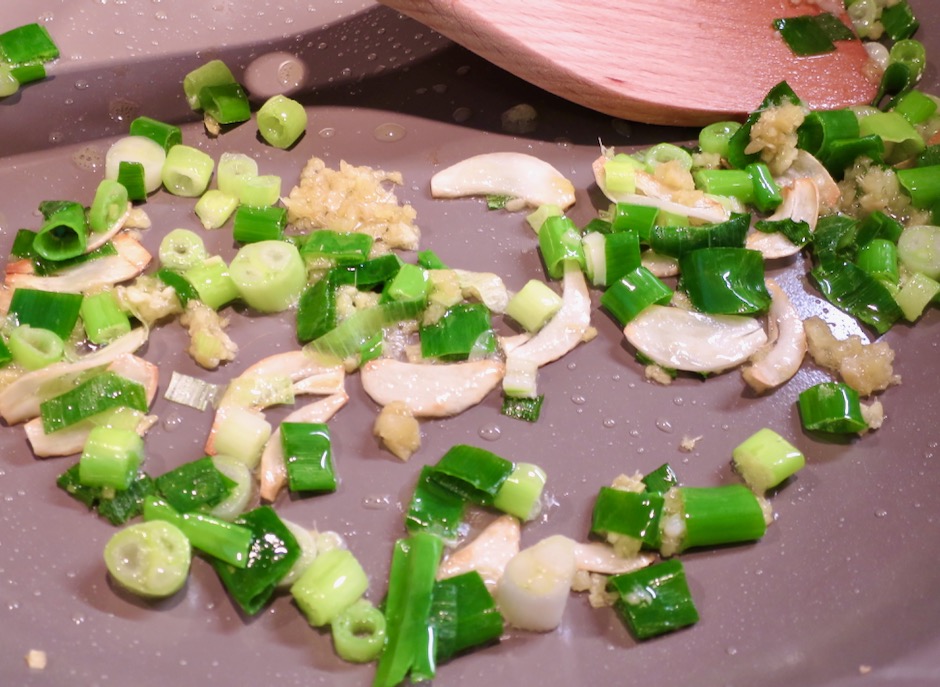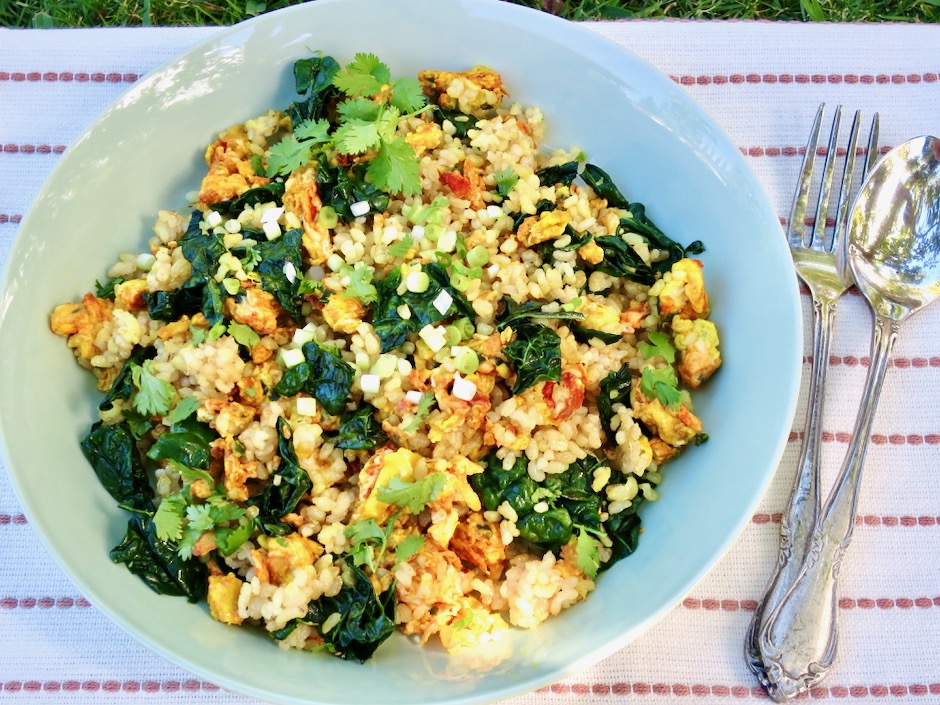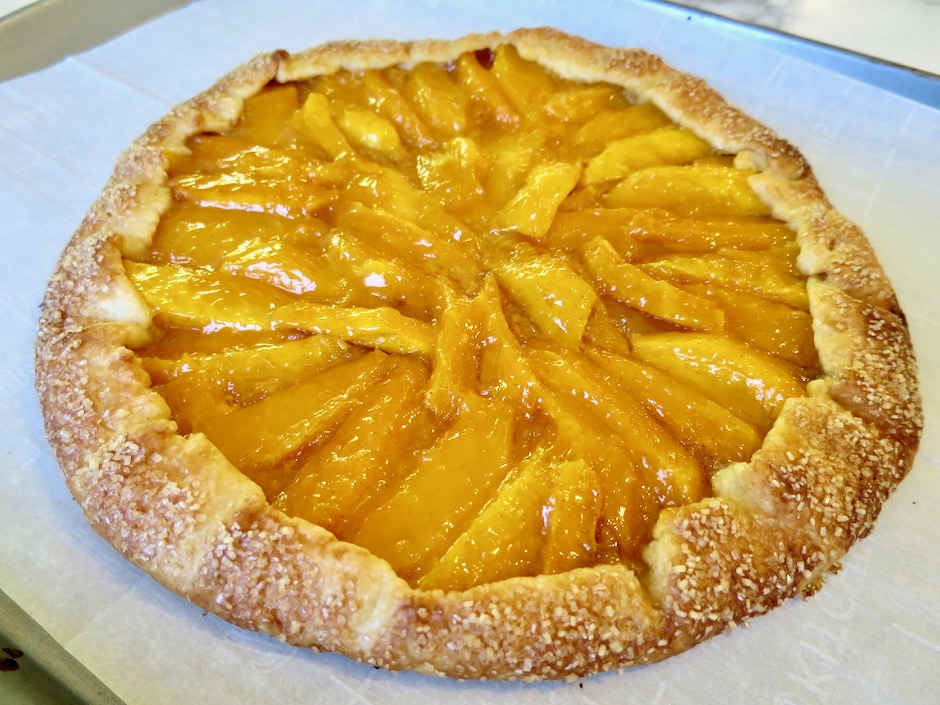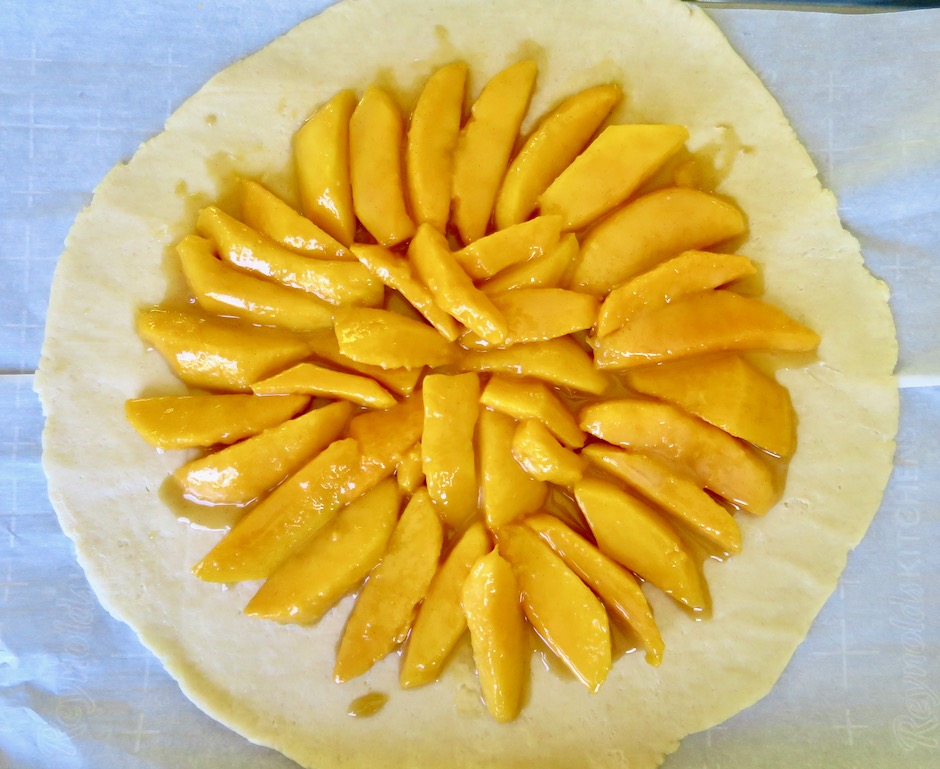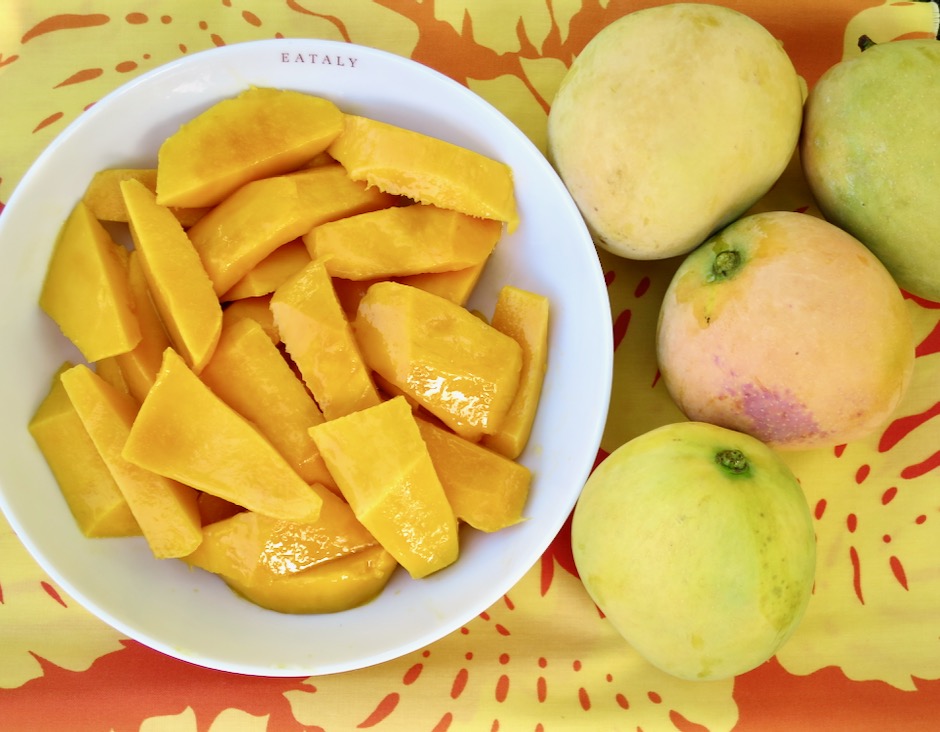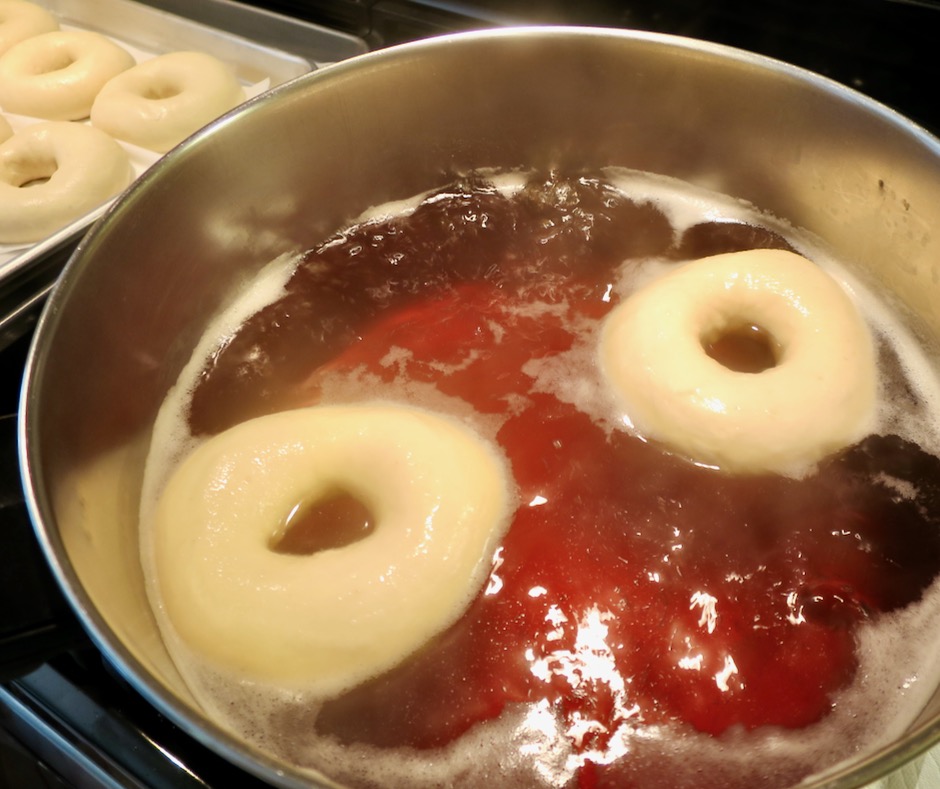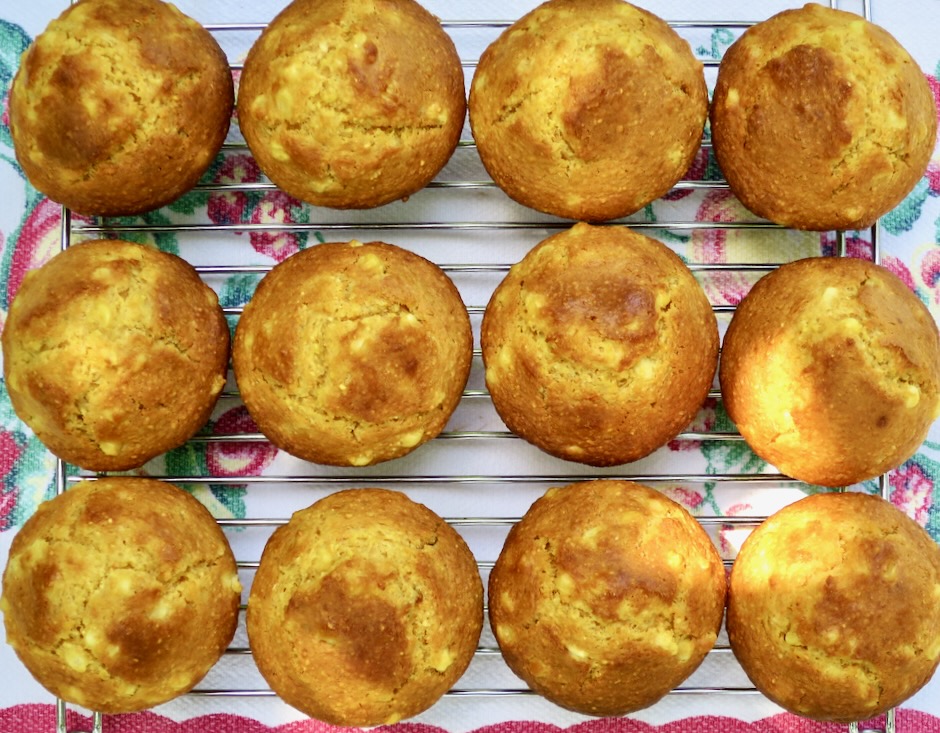
Corn is in peak season now and the markets are stocked with beautiful fresh ears of corn. I don’t always have a plan for what I’m going to do with the corn I buy but I make sure to use it within a day to ensure it is fresh and sweet. Here is a great recipe to make when you have fresh corn on hand and aren’t quite sure how you want to use it. I adapted this recipe from Cook’s Country magazine to make a lactose-free version. Feel free to use standard dairy ingredients when you make these.

You can whip up a cardamom-brown sugar butter that pairs well with the fresh corn flavor of these muffins. The sweet and salty butter with a hint of cardamom takes these muffins over the top.
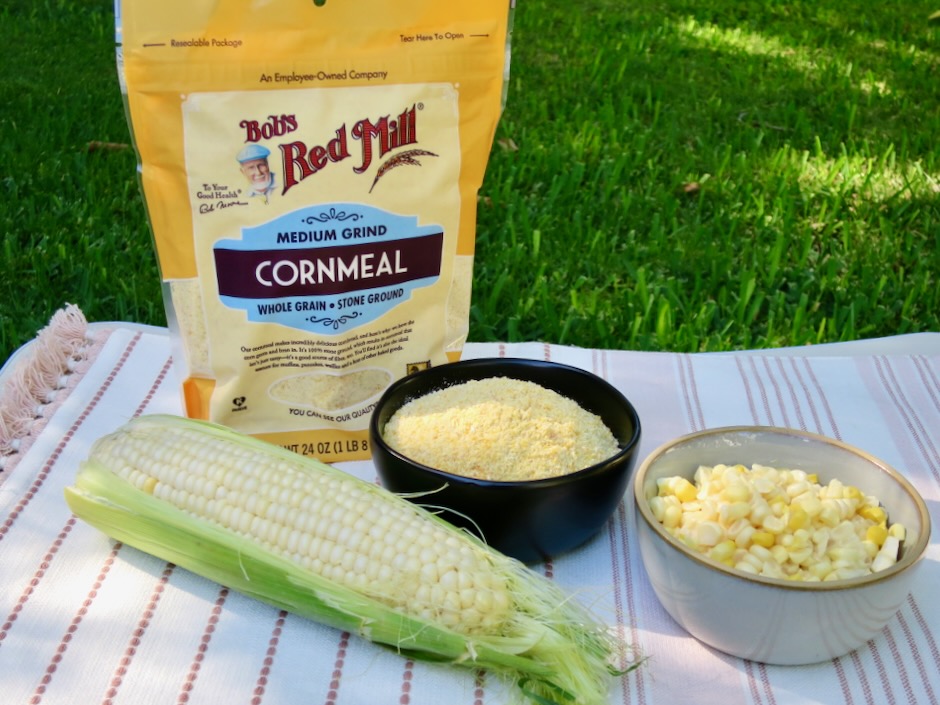
Bob’s Red Mill is known for quality products and their cornmeal is no exception. The medium grain cornmeal is just the right texture for these muffins.


Beautiful cornmeal such as Bob’s Red Mill can be found at Safeway on Maui.


Hydrating a portion of the cornmeal with milk in the microwave before adding it to the rest of the ingredients produces a muffin with a tender crumb and a boost of fresh corn flavor.




You might think there is too much batter for 12 muffin cups. I read a few comments from others who made 16-24 muffins. If you have a muffin pan that has a smaller than usual cup capacity, you may need to bake more than 12 muffins. However, for this recipe I found the batter to be perfect for my 12-cup muffin pan. The batter should fill the entire cup and even be a bit higher than level.
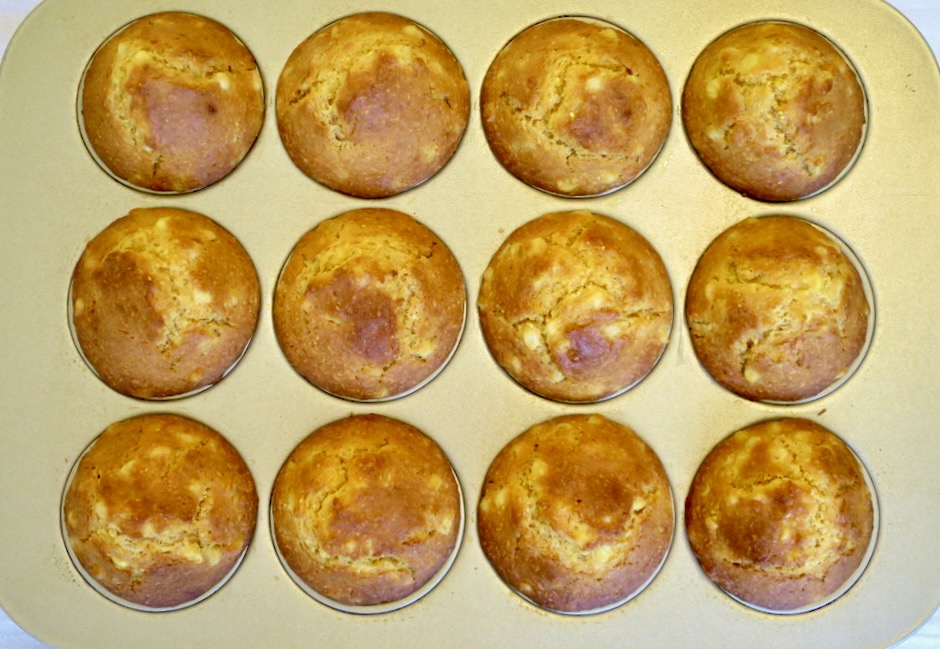

Beautifully high domed muffins show off the fresh corn beneath. One of my favorite ways to eat these corn muffins is to split them, toast them until the edges are browned and crispy, then serve with a pat of butter and homemade jam.

If you don’t have a scale use the spoon and level method for measuring dry ingredients. Recipe adapted from Cook’s Country magazine.
Ingredients
1 1/2 cups (190g, 6.8 oz.) all-purpose flour
1 1/2 cups medium grain cornmeal, divided (1 cup=140g, 5 oz.,
1/2 cup=70g, 2.5 oz.)3/4 cup (150g, 5.3 oz.) granulated sugar
1 teaspoon fine sea salt (if using unsalted butter increase to 1 1/4 teaspoons)
1 1/2 teaspoons baking powder
1 teaspoon baking soda
1 cup (227g, 8 oz.) lactose free whole milk or regular whole milk
1/2 cup (113g, 4 oz.) lactose free or regular sour cream
1/2 cup (1 stick, 113g, 4 oz.) Earth Balance Buttery Sticks or unsalted butter (see adjustment for salt if using unsalted butter)
2 large eggs
2 cups (304g, 10.7 oz.) fresh corn kernels, about 2 large ears of corn
- Cardamom Butter
Mash together until well combined: 1 stick Earth Balance Buttery Sticks or unsalted butter (softened), 1/8 cup + 1 tablespoon packed light brown sugar, 1/2 teaspoon ground cardamom (add 1/4 teaspoon fine sea salt if using unsalted butter).
Directions
- Adjust oven rack to middle position and heat oven to 400 degrees. Generously spray 12-cup muffin tin, including top, with vegetable oil spray.
- Whisk flour, 1 cup cornmeal, sugar, salt, baking powder, and baking soda together in a large bowl; set aside.
- Whisk milk and remaining 1/2 cup cornmeal together in a medium bowl. Microwave until mixture begins to thicken to a paste-like consistency, about 1 1/2 minutes, whisking every 30 seconds to combine. Whisk sour cream and melted butter into cornmeal paste. Whisk in eggs. Stir cornmeal mixture and corn kernels into flour mixture until just combined.
- Divide batter equally among prepared muffin cups; evenly distribute any remaining batter among cups (cups will be full or slightly over the top level).
- Bake until muffins are golden brown and a toothpick inserted in the center comes out with just a few crumbs attached, 20 – 24 minutes. Let muffins cool in pan on wire rack for 5 minutes. Gently remove muffins and let cool on wire rack for 15 minutes. Serve warm with cardamom butter or split muffins and toast in toaster oven until edges are browned and crispy.
Notes
- Muffins can be frozen for 1 month.
